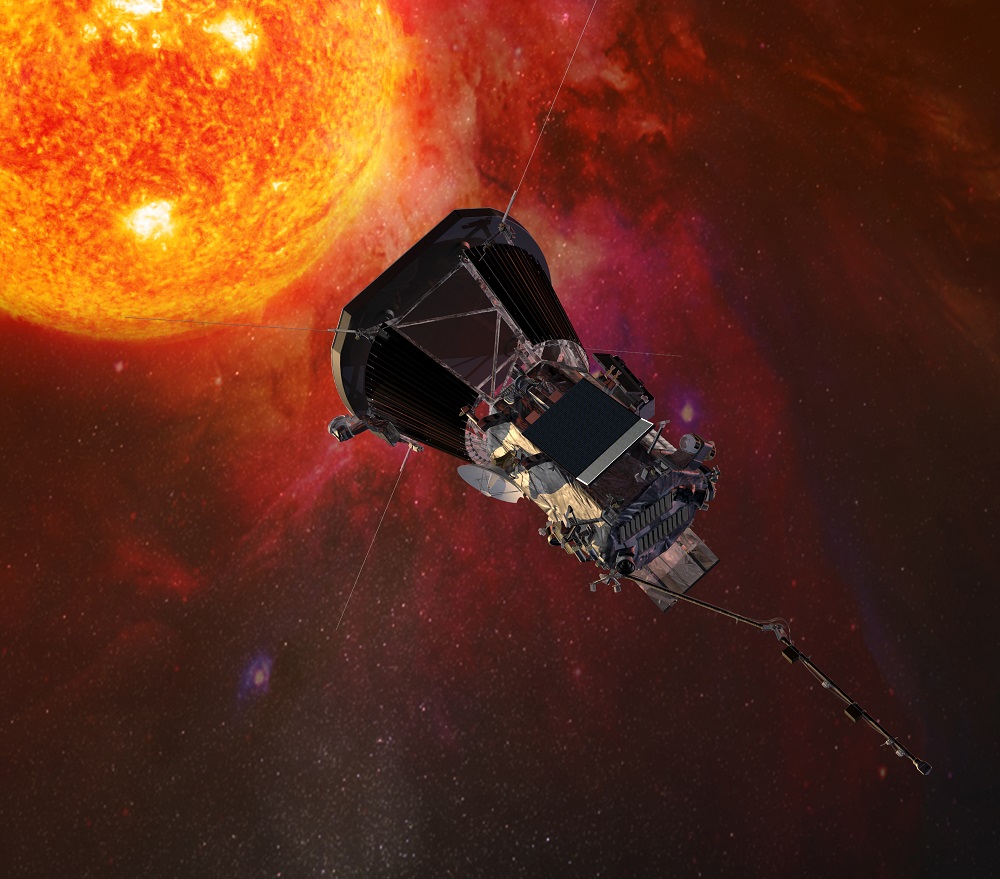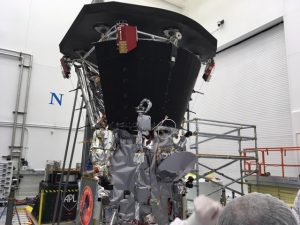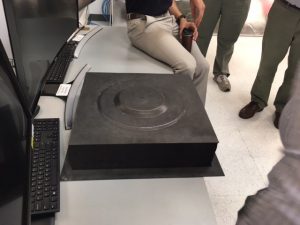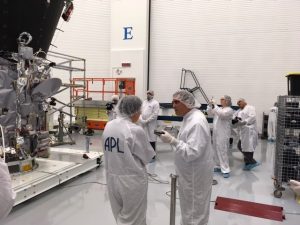

NASA hopes their upcoming Solar Probe Mission will help solve many mysteries of the Sun. Using the Parker Solar Probe, NASA plans to send a spacecraft closer to the surface of the sun than any other man-made object has ever gone before. The probe, named after physicist Eugene Parker, is due to launch next summer from NASA’s Kennedy Space Center in Florida. Eugene Parker originated many of the concepts of how stars, such as our Sun, give off energy.
To perform this unprecedented journey, the spacecraft and instruments on board will be protected from the Sun’s heat by a 4.5-inch-thick (11.43 cm) carbon-composite shield, which will need to withstand temperatures outside the spacecraft that reach nearly 2,500 degrees Fahrenheit (1,377 degrees Celsius).

For meteorologists, the most important part of this mission will be a better understanding of solar weather, which includes solar flares, coronal holes, and coronal mass ejections (CME’s) which can emit large bursts of radiation, high speed electrons and protons, and other highly energetic particles that are released from the Sun. Sometimes these solar events are directed at Earth and could lead to serious impacts. These particles and radiation can damage satellites in space, shut down power grids on Earth, cause GPS outages, and have serious health concerns to humans flying at high altitudes in our atmosphere as well as astronauts in space. These solar storm events, also known as space weather, are monitored by the National Weather Service’s Space Weather Prediction Center in Boulder, Colorado. NASA also monitors space weather at their Goddard facility and other centers around the country.
According to Dr. Eric Christian, Deputy Principal Investigator of NASA’s Integrated Science Investigation of the Sun , “The understanding and prediction of space weather is at least 50 years behind the study of meteorology on the Earth’s surface. With NASA’s plans of the increase of manned space missions, there is a need to better predict dangerous radiation episodes to help keep our astronauts safe. A better understanding of the exact processes of the Sun’s atmosphere can only help us in this area. You can compare it to satellites and weather balloons helping out meteorologists and the difficulties they had before these devices.”
Understanding solar activity and space weather will also help protect technology used to predict the Earth’s weather, says Dr. Christian. “Another way this mission can help meteorologists is a better understanding of solar weather on newer, high technology satellites such as GOES-16 and the JPSS. All satellites are made with shields that are built to withstand a certain radiation level but at times, in extreme solar storms, those levels may be exceeded and the performance of these satellites will suffer and meteorologists may not receive all of the data these satellites usually provide. Do we need to have more and/or better shielding on these satellites? Or is the exorbitant cost of the increased shielding simply not worth the cost because these events are so rare? Or can we improve our forecasts of extreme radiation events enough so that we can have these satellites get out of harms way?”

Dr. Christian hopes that the Parker Solar Probe can answer these questions and thus help meteorologists all over the globe. The Sun has many secrets and we can only hope that this mission begins to solve some of them.
Understanding some of these secrets will also help humankind’s attempts to travel beyond Earth. The solar wind fills up much of the solar system, dominating the space environment far past Earth. NASA needs to better understand this space environment so that spacecraft and astronauts are protected from harmful energy from the Sun in interplanetary travel.
NASA shared these interesting facts about the mission:
- At closest approach, Parker Solar Probe hurtles around the sun at approximately 430,000 mph (700,000 kph). That’s fast enough to get from Philadelphia to Washington, D.C., in one second.
- At closest approach to the sun, the front of Parker Solar Probe’s solar shield faces temperatures approaching 2,500 F (1,377 C). The spacecraft’s payload will be near room temperature.
- On the final three orbits, Parker Solar Probe flies to within 3.7 million miles of the sun’s surface – more than seven times closer than the current record-holder for a close solar pass, the Helios 2 spacecraft, which came within 27 million miles in 1976 and more than 10 times closer than Mercury, which is about 42 million miles from the sun.